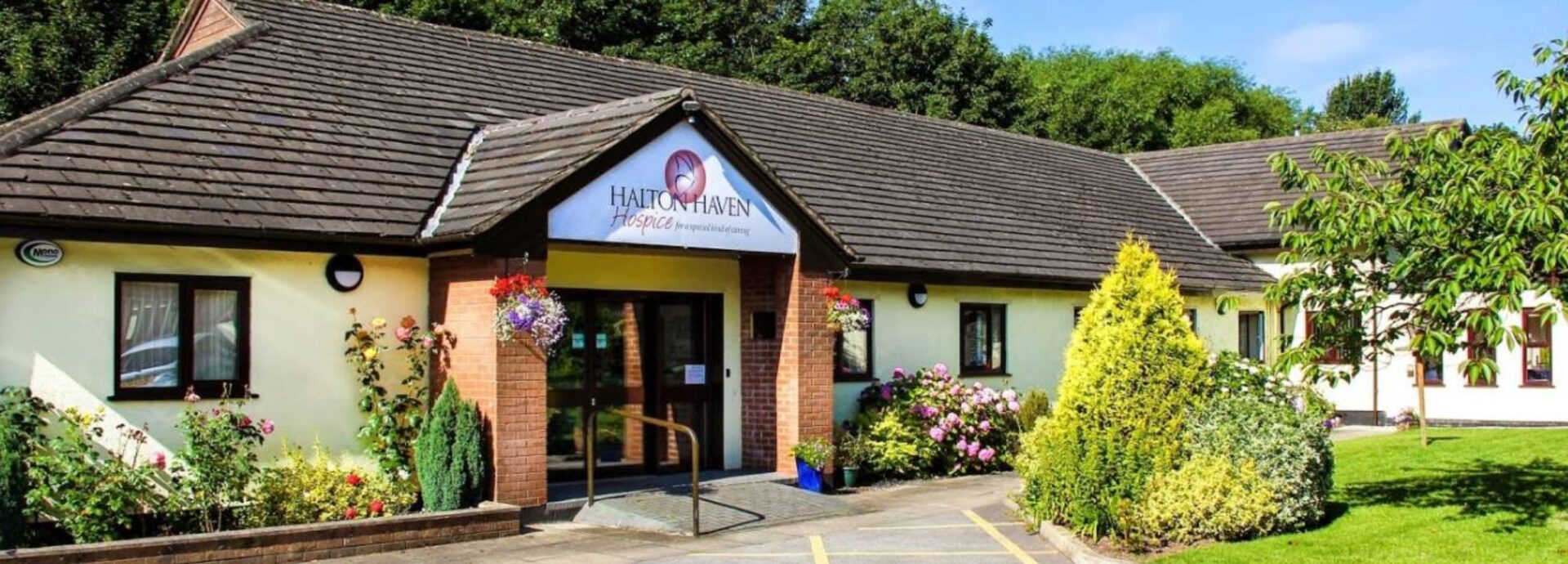At surface value, you may think that palliative care and hospice care are the same things. They’re similar in a lot of ways but they’re not exactly the same by any means. It can be quite confusing, but it’s easy to understand once you’ve got your head around it. How are palliative care and hospice care different?
What does palliative care mean?
The word ‘palliative’ itself means “relieving pain without dealing with the cause of the condition”. When used in health environments, palliative care simply means caring for someone who has a terminal illness. This can include cancer, AIDS, or even Heart Disease.
Palliative care begins at the moment of diagnosis. This is one of the key differences from hospice care. Palliative care is used to try and manage any pain the person may be feeling, and cater to their physical, mental, social, and religious needs. Some medical practitioners use alternative therapies (music and art being two examples), but of course, medicinal treatments are also used.
The idea of palliative care is to give you the best quality of life you can possibly attain despite the circumstances. By establishing a care plan and support system for the individual concerned, palliative care ensures a dignified experience where the person’s needs come first. It also offers some support to families of the individual concerned.
What is hospice care?
Hospice care crosses over with palliative care in quite a few ways, but one of the main differences is the fact that hospice care is usually provided during the later stages of illness. It can be carried out through daily visits, care and nursing homes, and indeed in hospices themselves. Some would also consider hospice care to be end-of-life care since it usually occurs within the person’s last few months.
Hospices can give a person care and comfort in one of the most difficult periods. They can also support families even through to stages of bereavement. Hospices can work alongside families through the entire process to ensure that the best quality of life is delivered, no matter how ill the person may be.
Many hospices take in terminally ill people when they are in their final months of life, giving them a place to stay with 24-hour care. Some hospices also provide counselling and therapies as a way to relax and come to peace with the person’s illness.
The buildings themselves are usually equipped with various things that will make end-of-life care easier for the individual, such as hoists, specialist beds, pressure care mattresses, and rise and recline chairs.

